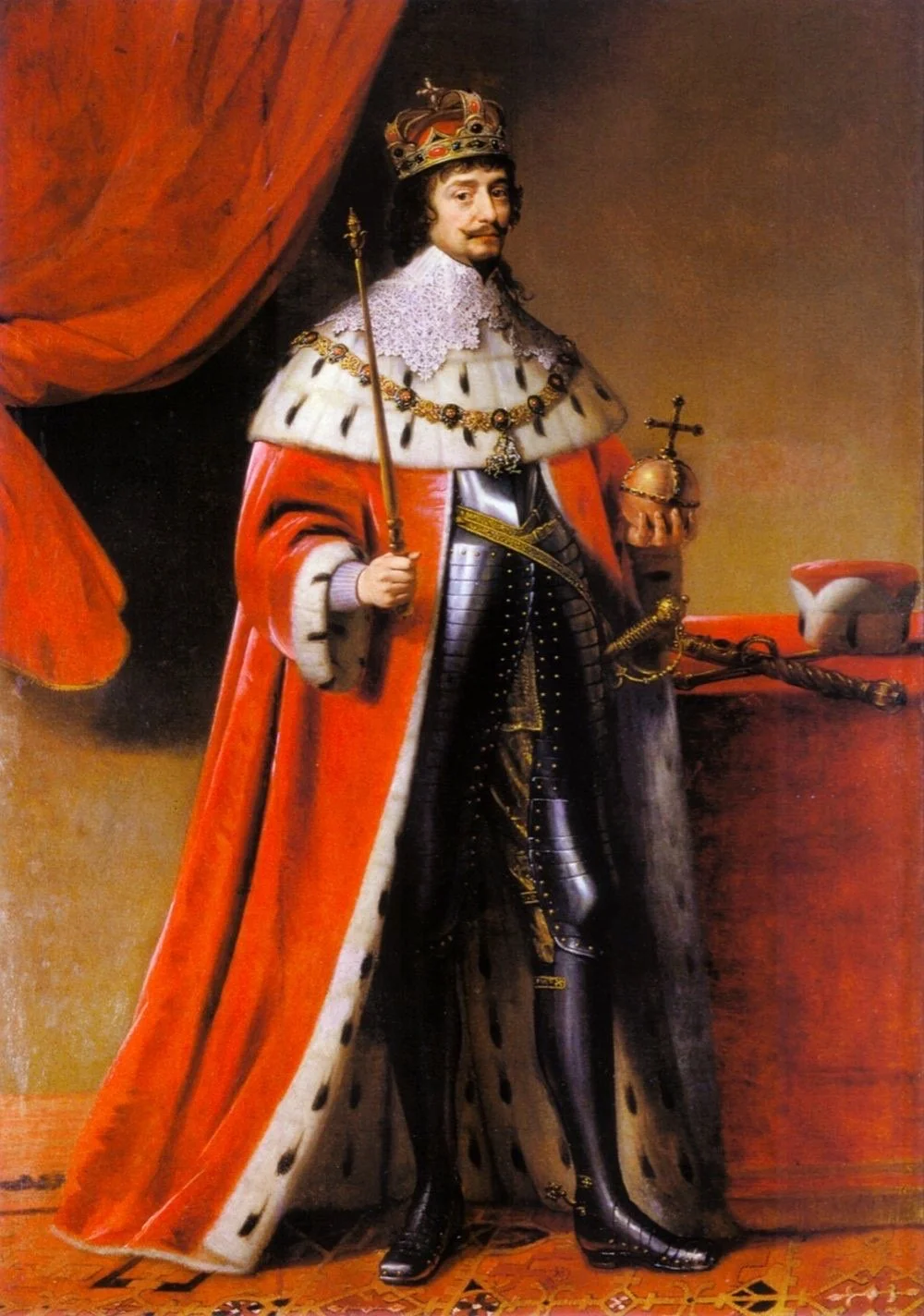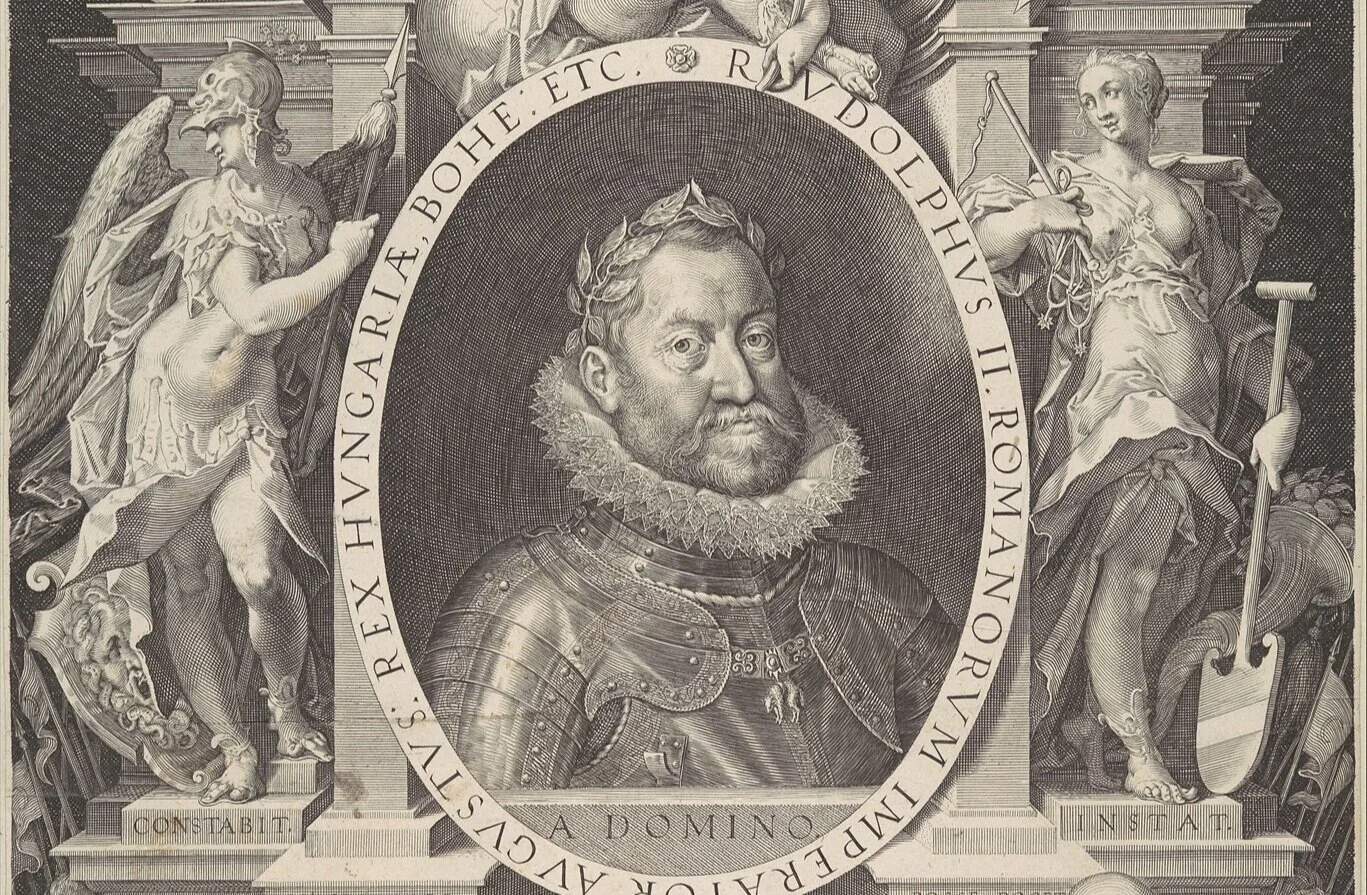The Order of the Garter & Golden Fleece
In the last blog post we trailed through the history of the Winter King and Queen, Their Rosicrucian Marriage and the fountain of mystery that these two royals left upon a deep trail to follow into an esoteric history… In this blog post we will explore the chivalric orders of the Garter and of the Golden Fleece, that is shrouded in a mystery of the past. Through the depths of Arthurian legends, to the wars of the roses, to the knights of the order of the garter… and the Golden Fleece. We explore a moment in time that shifted the course of Europe, full of magic, secrets, a hidden grail, rivals and war.
The Order of the Garter
I briefly touched on how the order of the garter and the Golden Fleece were both prominent during the Elizabethan tradition, following up to King James I and his daughter’s marriage to Frederick V of Palatine. Frederick being knighted into the Order of the Garter and thus their marriage playing out elaborate festives in the honor of these chivalric orders. The most startling of them all, however, was discovering the writings of the first 16th century rosicrucian manifestos- specifically ‘the chymical wedding’ was undoubtedly alluding to the order of the Golden Fleece all along. Which I also briefly discuss in the last blog post.
Queen Elizabeth I
Through her commitment to the Order of the Garter, Queen Elizabeth I helped to reinforce its place as one of the most prestigious honors in the British nobility. She recognized the symbolic importance of the Garter and used it as a means of solidifying her power and showcasing her magnificence.
King James I
Wearing the Garter robes and insignia of the Order of the Garter.
Frederick V of Palatine
Wearing garter robes & the insignia of the order of the garter.
Elias Ashmole 1617-1692
Another key important character later on was Elias Ashmole. Whom wrote extensively on this order and published a book called ‘The Institution, Laws, and Ceremonies of the Most Noble Order of the Garter’ in 1672. Ashmole, being the first recorded English freemason and member of the royal society, became immersed in the history of the Order of the Garter due to his association with the Royalist party during the English Civil War. The Order of the Garter was closely associated with the monarchy, and many members of the Royalist party were also members of the order. Ashmole has heavily impacted the rosicrucian movement as a whole-and thus it is important to note this association. There was also a meeting that happened between Elias Ashmole and Young Prince Charles, Elector Palatine, the grandson of Frederick V. In which Ashmole presented his book to the young prince and in return was gifted with his father’s garter medal.
Rudolph II
Another was Rudolph II of Prague, whom we can see is wearing the insignia of the Golden Fleece. Rudolph as mentioned in the last blog post, shaped and paved the way for Prague to be the Mecca of all learning occult arts and sciences in the 15th century, where cabalists, alchemists, and hermetic thinkers flourished due to his own interest in the arts. And his great-great-great-grandfather was Maximillian I, who significantly played a large role in the beginnings of the order.
Seen in this image is the emblem of the Golden Fleece; around Rudolph II’s neck.
Rudolph II, was the Holy Roman Emperor, King of Hungary and Croatia, King of Bohemia and Archduke of Austria. He was a member of the House of Habsburg.
King Charles II
Charles II was made a Knight of the Garter in 1653 by his father, King Charles I, and he was deeply committed to the traditions and ceremonies associated with the order. The Order of the Garter was closely associated with the monarchy during Charles II's reign, and he played a key role in promoting and expanding the order. King Charles ii also gave the royal charter to the founding of the Royal Society; our forefathers of modern science.















